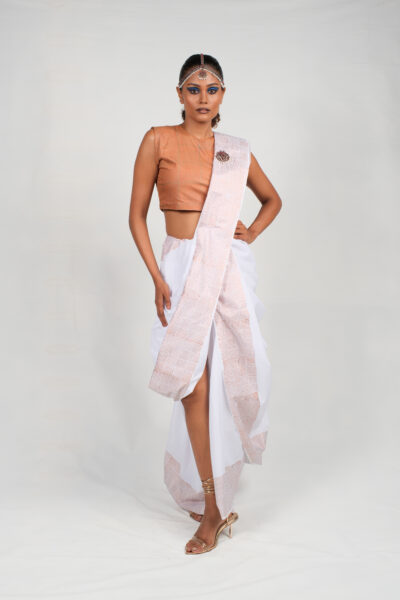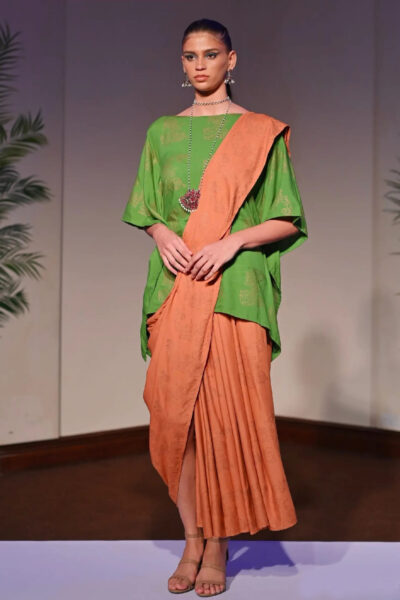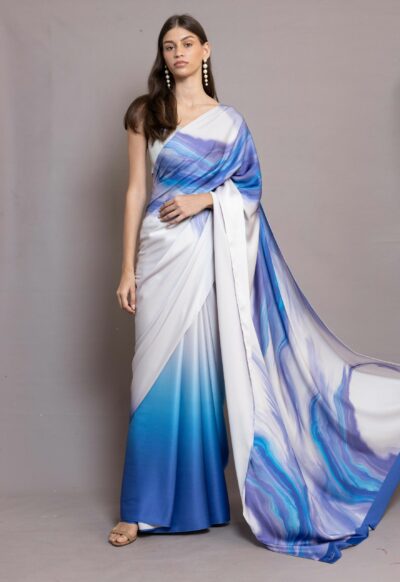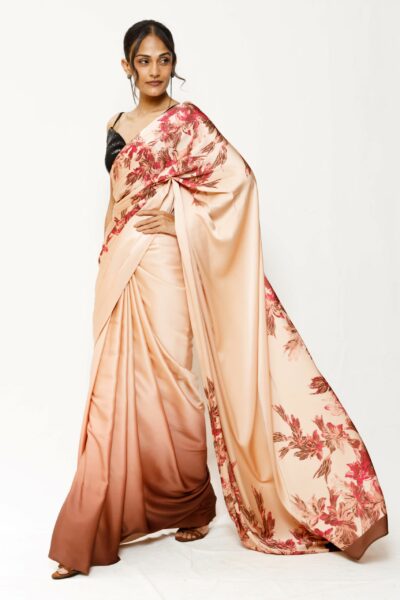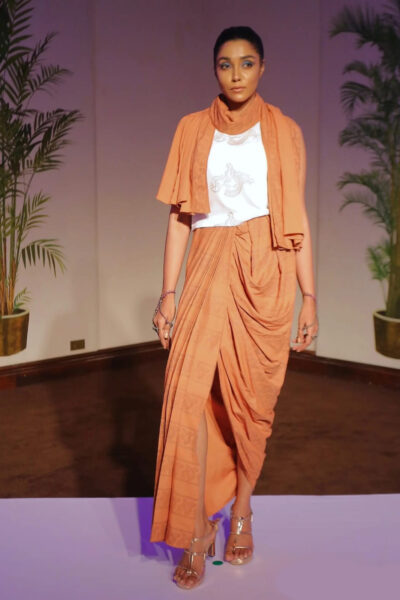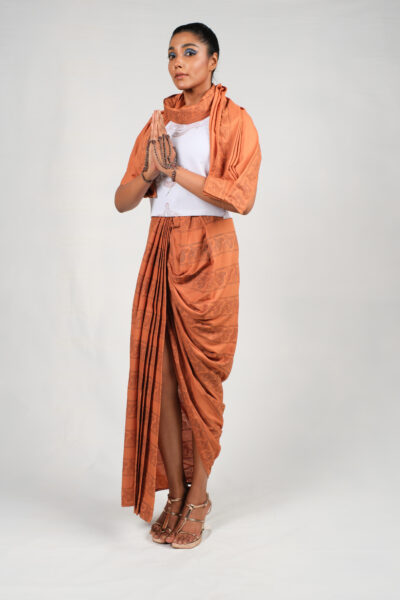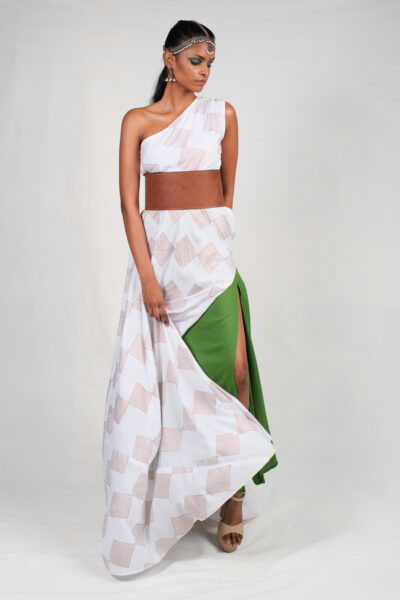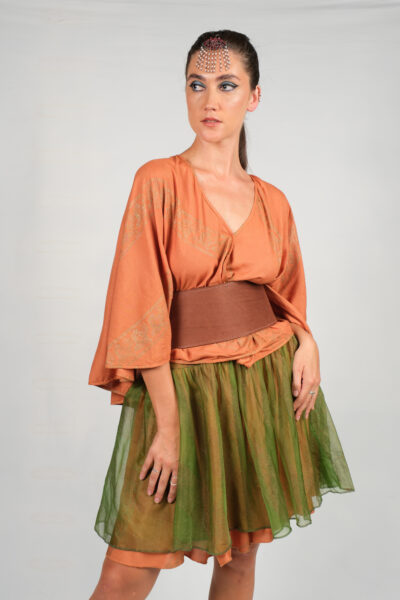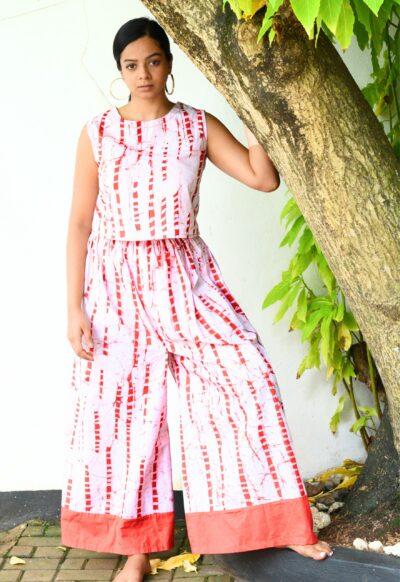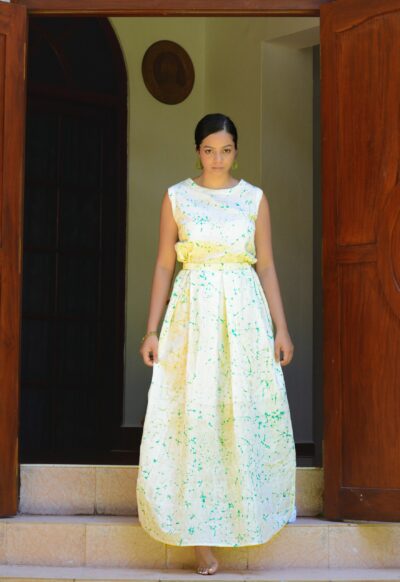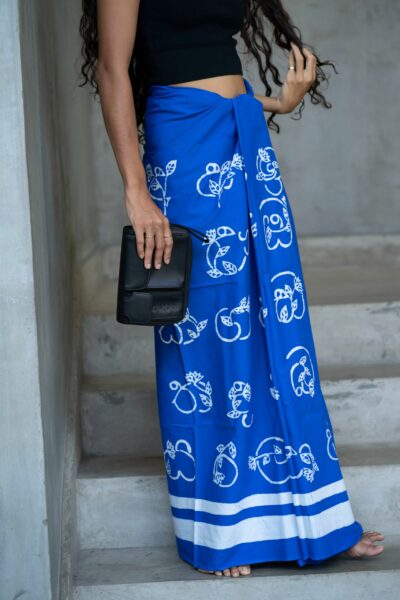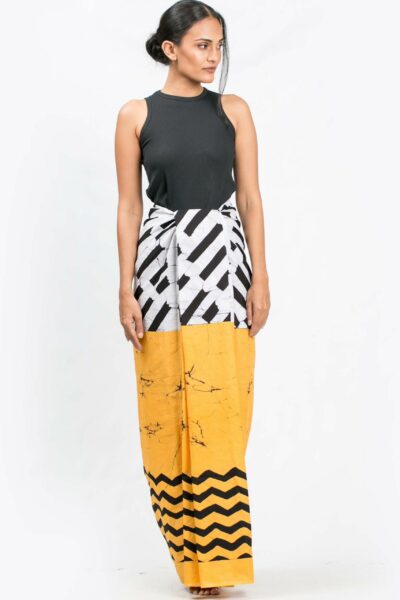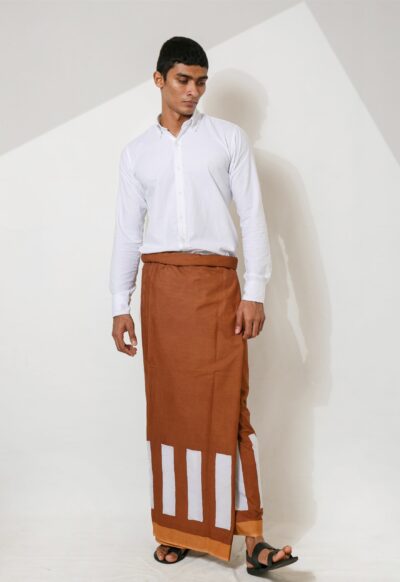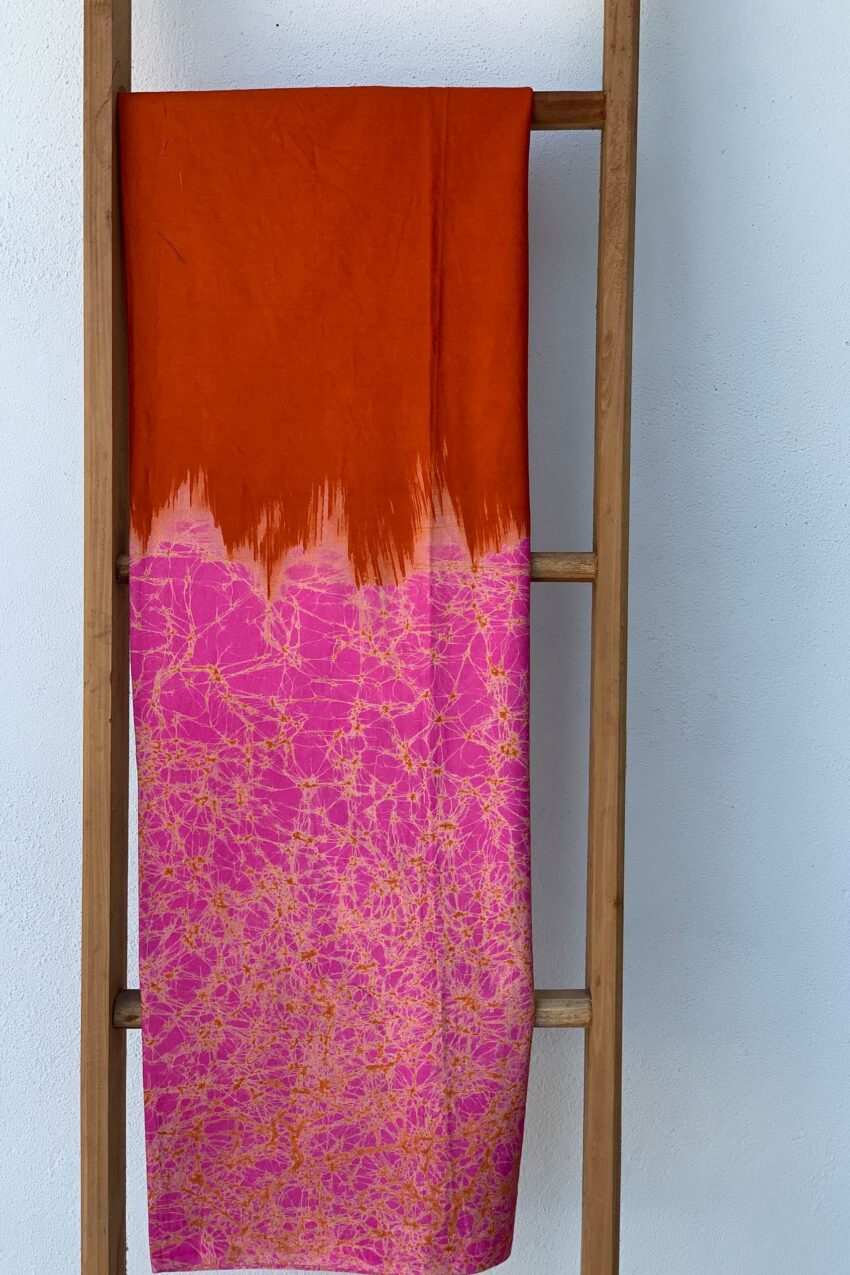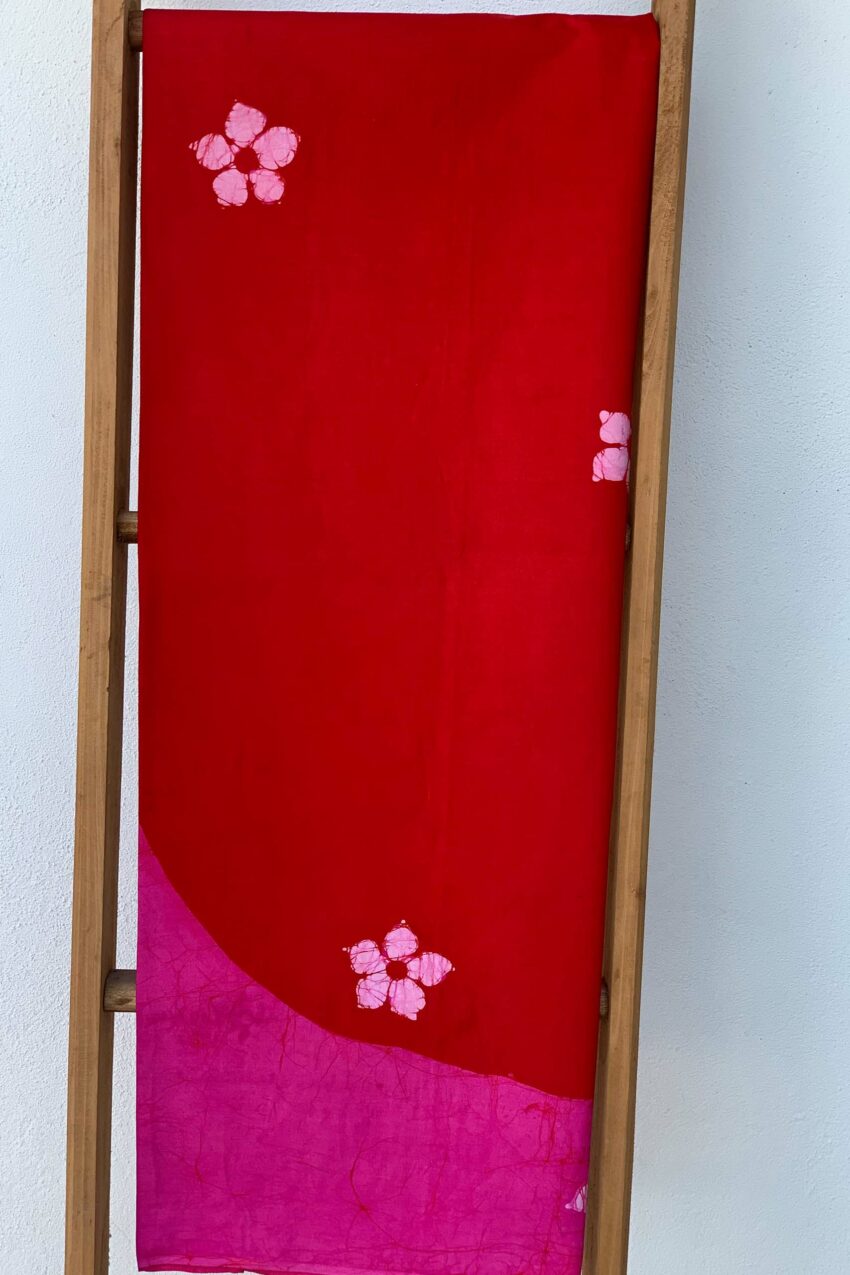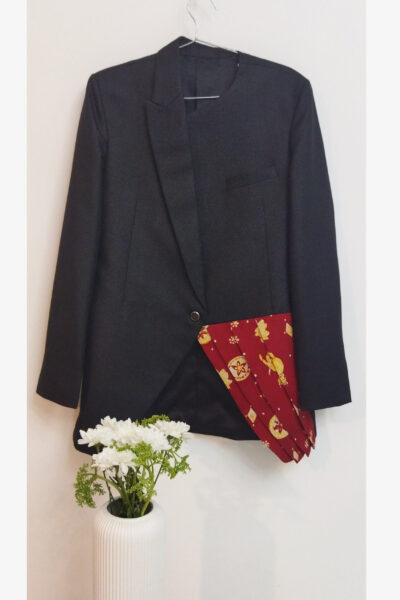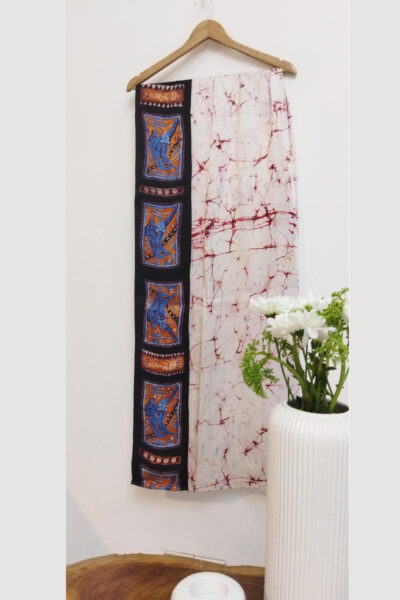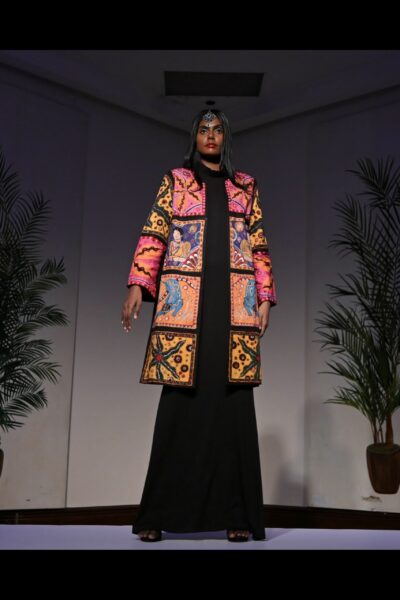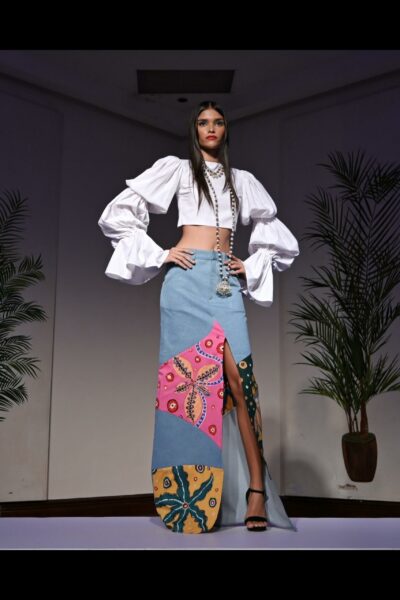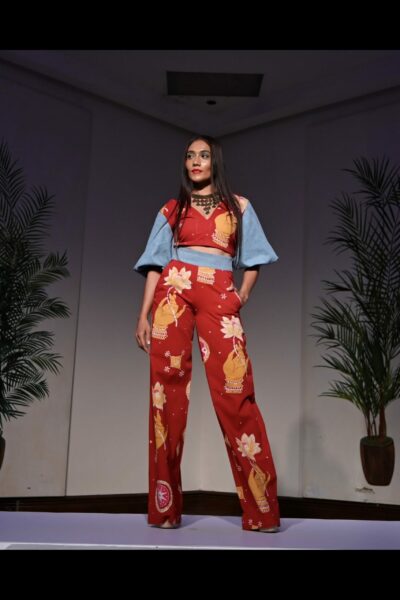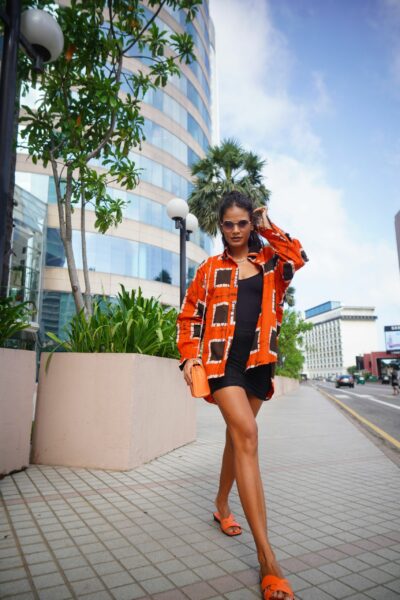Nestled in the Indian Ocean, Sri Lanka has a rich cultural history that’s as diverse as it is enchanting. From the simplicity of the early garments to the intricate elegance of modern designs, Sri Lankan attire tells a story of its heritage, evolution, and timeless beauty.
Looking back at this tropical island’s century old history, it all began with the Veddas, Sri Lanka’s indigenous inhabitants, who roamed around the forest in simple yet functional garments made from calico. Their attire was all about practicality, with cloth strips doubling as pockets and belts for their tools. Fast forward to the era of Portuguese and Dutch influencers, and you’ll see a transformation in local attire. The Sinhalese nobility embraced lace, frills, and stylised sleeves, adding a touch of European grandeur to their traditional dress. This infusion of styles, along with the influences from India’s Mughal period, created a tapestry of cultural fusion that still serves as an inspiration for designers today.
Ahead, we look at some of the classic traditional garments of the island and consider what they look like in today’s contemporary setting.
The Iconic Saree
It’s not just clothing; it’s a work of art and a symbol of feminine grace in Sri Lanka. Whether it’s the vibrant Kandyan saree or the elegant drapes worn daily, each fold speaks volumes about craftsmanship and cultural pride. And let’s not forget the importance of draping, where each fold tells a story about the country’s heritage and inspirations.
The First Co-Ord
From the charming Lama Sariya worn by young girls to the exquisite Redde and Hatte ensemble donned during celebrations, the first co-ords of Sri Lanka reflect its age-old customs and regional diversity. It’s a blend of heritage and modernity, where the past meets present in a seamless fashion statement.
The Timeless Sarong
For Sri Lankan men, the sarong is not just clothing, it becomes a way of life. Whether you’re a fisherman casting nets or a businessman attending meetings, the sarong’s comfort and versatility make it a beloved choice amongst many. And with modern iterations like sarongs with pockets, it’s the perfect blend of tradition and convenience.
The Effect Of Handlooms & Batik
Handloom and batik aren’t just industries in Sri Lanka, they’re threads of our unique cultural identity. Handloom, which means weaving cotton into intricate designs, traces its roots back to King Vijaya’s era. Batik, on the other hand, enjoys a more murky origin story where some even believe that this Indonesian artform actually found its roots in India and Sri Lanka. Nonetheless, around the 1960s batik was one of the most recognised textile artforms on the island. Artists like Ena de Silva created breathtaking tapestries that decorated Colombo’s iconic buildings. Today, the resist-dyeing technique has found a home in the country’s heritage, becoming a vibrant expression of creativity and tradition.




